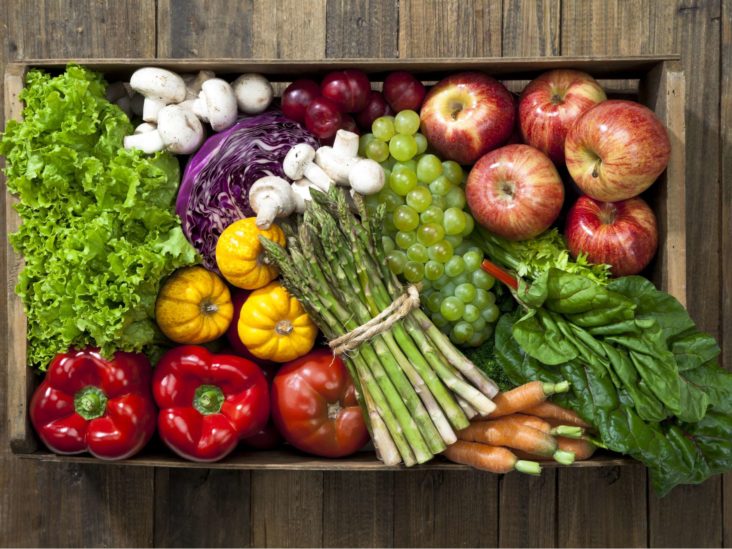The cultivation of figs is of great importance in the commercial form. This is a more expensive fruit, which the farmer brothers want to earn a good profit by cultivating figs. Many types of nutrients, vitamin A, B, C, fiber, and calcium, are found in figs. It is a healthy and tasty fruit which can consume fresh and dried. A high amount of sugar is located in the ripe fruit of figs. Consumption of figs benefits from diseases like breast cancer, cold, asthma, diabetes and indigestion. This fruit looks yellow, golden and purple. Also, for all the farming tasks Swaraj 735 tractor model which is efficient and advanced.
Fig fruits are also used in Ayurvedic medicines. Due to this, its demand is also high. Moreover, due to the reasonable price of figs, farmers can profit by cultivating them.
Climate & Temperature
An arid and less humid climate is considered suitable for cultivating figs. Its fruits are ready for ripening in summer. Fig plants require less rain, and winter frost is more harmful to their crop.
Field preparation
The full-grown plant fig gives a good yield for about 50 to 60 years. Therefore, before planting its plants in the field, the field should be prepared properly. For this, deep ploughing of the area should be done, due to which the remnants of the old crop will be destroyed. After this, the field should be left open for a few days so that the sunlight gets adequately absorbed in the soil. For a good yield of figs, the ground should be given suitable manure and an appropriate amount of fertiliser at the time of tillage in the field. And for better field preparation the Swaraj 717 tractor is the best. Due to its durability and economical price.
For this, after getting proper sunlight in the field, two to three slant deep ploughing should be done through a rotavator, due to which the soil of the area becomes friable. After that, once again, level the ground by putting a pat on the field. And the land level, you will not see the problem of water logging in the area. Then, the pits are prepared for planting fig plants in the prepared flat field. Two feet wide and one to a half feet deep should be designed in these rows. The 50 grams should be mixed in the soil and filled in the pits.
Method of Planting Seedlings
Fig plants are planted in the pits prepared in the field. Therefore, while planting its plants in the holes, a small cavity is designed in the middle of the pits. Before planting the plants in this small pit, they should be treated with cow urine. After planting the plants in the hole, press them by putting soil up to one and a half centimetres. It is considered appropriate to grow its plants during the rainy season in July and August.
Irrigation
Fig plants do not require much irrigation. However, fig plants require more irrigation during the summer season. Therefore, its plants should be irrigated at 15 to 20 intervals in the same winter season. Its plants should be washed only when necessary during the rainy season.
Weed Control
For weed control on fig plants, weeding is required through natural means. Therefore, whenever you see weeds in the fig field, you should remove the weeds by weeding. Its plants require a maximum of 5 to 7 hoeing.
Harvesting
The figs should be harvested after they are fully ripe. This is because the colour of the upper part of the fig fruit varies depending on the variety. When the fruits mature, they start looking very soft. During that time, they should be plucked. Then, its fruit is harvested, especially in August. After plucking the fruits, they should be kept in a pot filled with water, and the fruits should be harvested wearing gloves, because if the juice coming out of its plant gets on the skin, then there can be a problem like a skin disease.
Fig plants give different yields depending on the variety. About 250 fig plants can be planted in a one-hectare field, and about 20 kg of fruit can be obtained from one plant. The market price of figs is found between 500 to 800 depending on the quality. According to which farmer brothers can earn good income up to 30 lakhs by cultivating figs in a one-hectare field.
Stay connected with us for more information.




